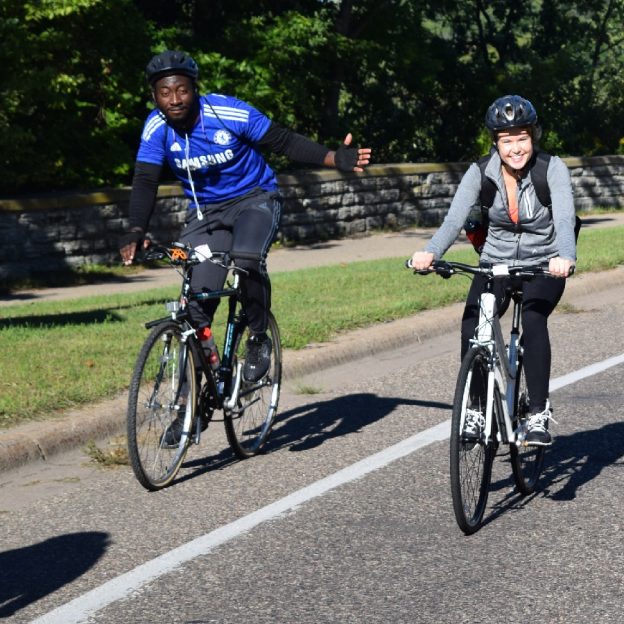Tag: dressing for fall
-

What to wear for fall bike riding
Rather than putting a bike in storage early due to the fluctuation in weather, here’s the answer you’re looking for. To conquer this fall problem, wear layers. While this might seem obvious, the key lies in correctly layering appropriate clothing. If correctly done, it can optimize comfort for the rider. Not only that, but it…
